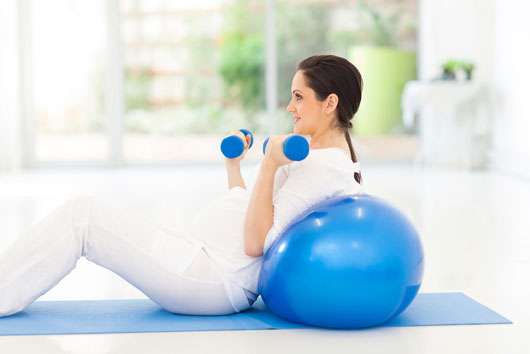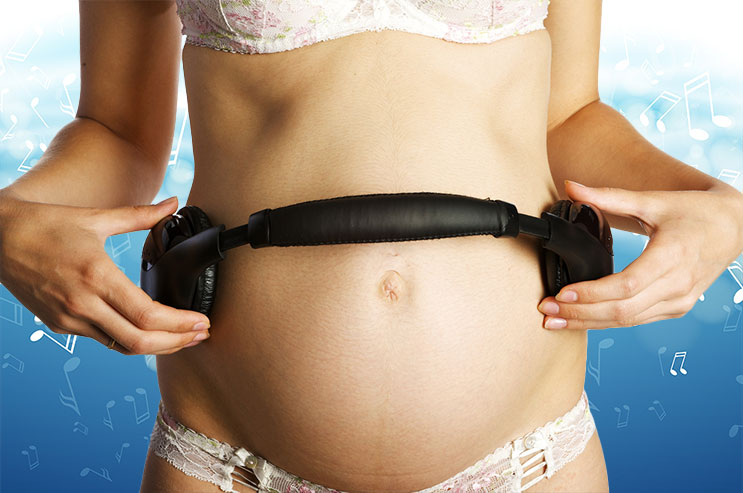
From my very first time, I hated my breast pump. I couldn’t stand sitting still, holding the flanges to my breasts, feeling my nipples pulled taut, hearing the motor’s swishing sound as the machine extracted as much milk from me as it could. It was so cold, so sterile, so uncomfortable. I hated it. Now, having pumped for a couple of years for my two girls, I’ve learned more about breast pumps and found some ways to make pumping less awful. It turns out, pumping breast milk doesn’t have to be so bad.
When I was pregnant with my first daughter, I had every intention of returning to work full time after she was born. Honestly, I did very little research about breast pumps but was aware that I would need a double electric pump to make the chore go as quickly as possible during my workday. My mother-in-law generously purchased a pump for me but I didn’t touch it until weeks after Emma was born. Then, when I received notice that I no longer had a job to go back to, I debated whether I should return the pump to the store. Instead, I decided to use it to express milk to have in the freezer in case of emergency and so that I could have the option to spend a few hours without my daughter if I needed a break.
Related Video: New Moms: Pumping Breastmilk 101
Turns out, pumping really wasn’t for me! I saw it as a burden, a chore that I dreaded. So, I rarely pulled out the pump, and was attached to my daughter for virtually the entire first year of her life. In hindsight, my relationship with my pump could have been very different had it started earlier.
GETTING STARTED
First of all, you can try pumping while you’re at the hospital to see if it’s really for you. The demand of pumping really isn’t something that every mother can handle, both physically and emotionally. It would have been good for me to have been more prepared going into my first pumping experience at home, alone.
ELECTRIC OR MANUAL
There’s also a big difference between electric and manual pumps. Cost being one, of course, but also in how they feel on the breast. A manual pump is very quiet and can be carried around as there are no cords or motors to worry about. To use an electric pump while on the go (which can be done, of course), a woman needs a hands-free nursing bra, a bag to carry the motor around with her, and the cojones to do it.
If you do have a double electric pump, a hands-free bra can be a lifesaver. With it, I pump while doing other things like typing, reading, or talking on the phone. Without it, both hands are 100% occupied as I wouldn’t dare risk spilling a drop. Pumping is a 10 minute time commitment (sometimes more) and being able to multitask can make it tolerable.
THINKING OF THE BENEFITS
When I’m not particularly enjoying the task of cleaning pump parts or milking myself like a cow, I try to keep in mind the purpose of the chore. I remind myself that my breast milk is the most valuable nutritional advantage that I can offer my babies, and that I’m setting them up for a lifetime of health benefits. Pumping becomes a “no big deal” kind of task and knowing the rewards makes it (almost) enjoyable.











